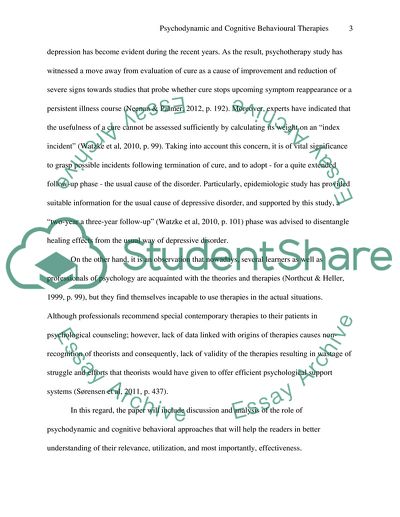Cite this document
(Useful Cures of Personality Disorder Problems: Psychodynamic Therapy Research Paper, n.d.)
Useful Cures of Personality Disorder Problems: Psychodynamic Therapy Research Paper. Retrieved from https://studentshare.org/health-sciences-medicine/1796167-critically-differentiate-between-the-psychodynamic-and-cogniive-behavioural-therapies-and-then-critically-evaluate-the-role-they-have-to-play-in-clinical-hypnosis
Useful Cures of Personality Disorder Problems: Psychodynamic Therapy Research Paper. Retrieved from https://studentshare.org/health-sciences-medicine/1796167-critically-differentiate-between-the-psychodynamic-and-cogniive-behavioural-therapies-and-then-critically-evaluate-the-role-they-have-to-play-in-clinical-hypnosis
(Useful Cures of Personality Disorder Problems: Psychodynamic Therapy Research Paper)
Useful Cures of Personality Disorder Problems: Psychodynamic Therapy Research Paper. https://studentshare.org/health-sciences-medicine/1796167-critically-differentiate-between-the-psychodynamic-and-cogniive-behavioural-therapies-and-then-critically-evaluate-the-role-they-have-to-play-in-clinical-hypnosis.
Useful Cures of Personality Disorder Problems: Psychodynamic Therapy Research Paper. https://studentshare.org/health-sciences-medicine/1796167-critically-differentiate-between-the-psychodynamic-and-cogniive-behavioural-therapies-and-then-critically-evaluate-the-role-they-have-to-play-in-clinical-hypnosis.
“Useful Cures of Personality Disorder Problems: Psychodynamic Therapy Research Paper”, n.d. https://studentshare.org/health-sciences-medicine/1796167-critically-differentiate-between-the-psychodynamic-and-cogniive-behavioural-therapies-and-then-critically-evaluate-the-role-they-have-to-play-in-clinical-hypnosis.


